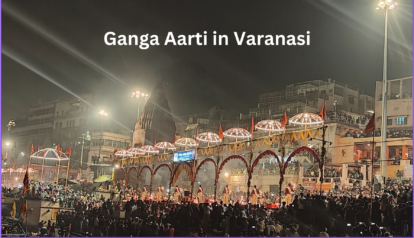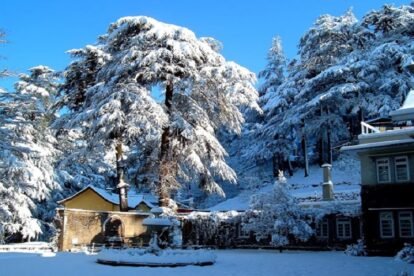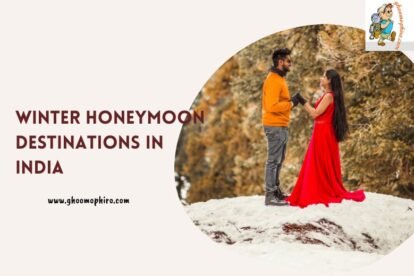Jajpur HACT – A look at the city’s heritage, art, culture & tourism
Posted on February 21, 2023 by Ghoomophiro
For those unacquainted with the district, it is incredibly easy to confuse the city with one of the recognised havens of tourists – Jaipur. While the pink city has deserved all its popularity, the capital of Rajasthan is not what we are discussing here. Jajpur, which is the e subject of discussion here, is in South India and has a history, heritage and culture about as old as Jaipur. If you haven’t heard about the city, give us a chance to tell you about this town by exploring it from various perspectives.
Heritage, art, culture & tourism of Jajpur
Heritage of the city
Jajpur has always been important in Indian and Hindu history. The place has been mentioned in the great war epic of the country, Mahabharata, as well as puranas like Skanda Purana and Shiv Purana. The region was a forest once and went by the name of Champak Van. It was in this jungle Lord Brahma, the creator of the universe according to Hindu traditions, did a yagna of which the majestic warrior goddess Durga was born. The name of the district, ‘Jajpur’, is thus driven from the word ‘yagna’. The kund where Lord Brahma did his yagna can still be visited today.
Understandably, the district has a temple dedicated to the goddess Durga. The majestic temple, perhaps the biggest tourist attraction of the district, is a Shakti Peeth and is name Biraja Devi Shakti Peeth in Biraja Kshetra. The name of the temple is ‘Biraja’ is a nickname of the goddess and means ‘without king’. The centre statute of the temple celebrates the annihilation of the demon Mahishasur by the goddess, who is depicted in the form of a buffalo. One of the most remarkable things about the statue is her crown which shows miniature shivling, a crescent moon and a small depiction of Lord Ganesha. The temple also has many other shivlingas. Just outside the temple, you will find Nabhi Gaya, a well where the local Hindus perform the last rites of their loved ones.

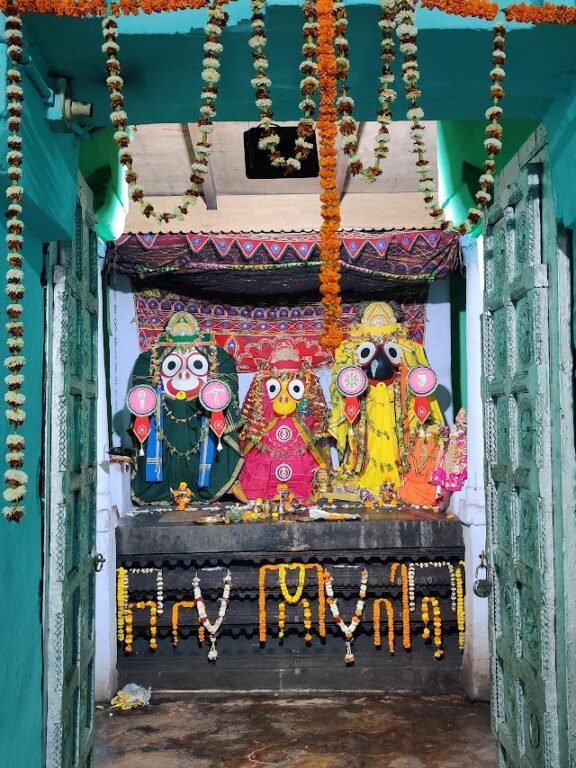

Another reason for the popularity of the district is its popularity as a pilgrimage centre for the Baitarni river. The district also boasts of some other valuable temples as well. Apart from that, Lord Baraha Temple, Jagannath Temple, Trilochaneswar Temple, Daswasamedhaghat, Ratnagiri, and Udayagiri remain some of the other most valuable temples of the region.
Art in Jajpur
Jajpur’s architecture is best visible in its temples. You will find temples built in the Kalinga style as well as other styles. Apart from the great Kalinga empire, the region continued to have a rich history, particularly as the immense resources of the region made it an important urban hotspot, even making it the capital of Odisha for a few centuries.
As such, the region has a rural population with centuries-old traditions of painting, sculptures, handicrafts, etc. One of the most important of these is painting, and the Jajpur school of painting takes up three main branches – Jhoti, Chita and Muruja. Folk paintings of these styles remain a valuable part of the local lifestyle. We shall discuss these forms in a moment.




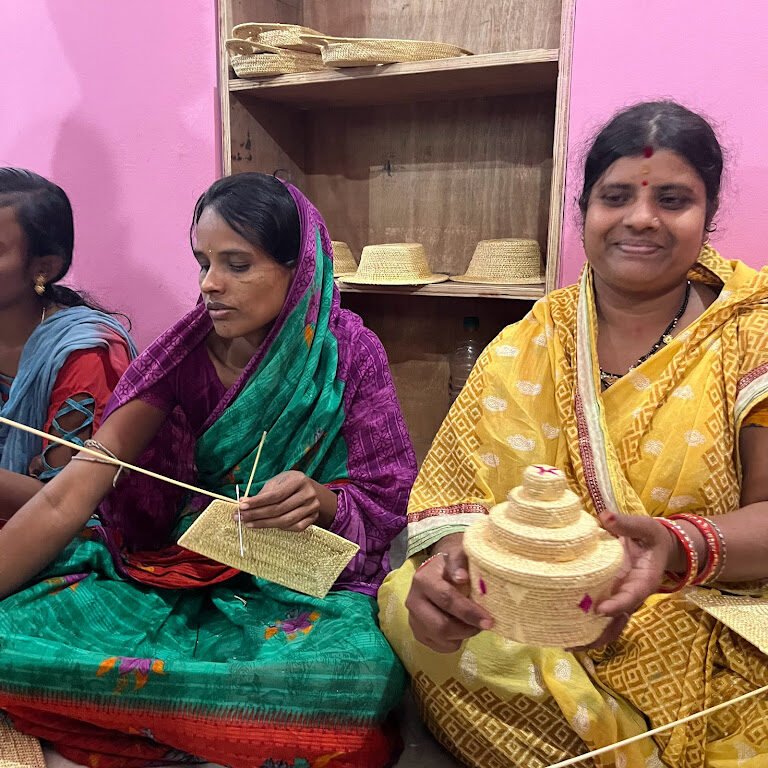
Odiya is one of the oldest languages in the district and continues to be the predominant language spoken by the people. Apart from that, about a tenth of the population speaks Urdu, and another tenth speaks some Adivasi languages. From before the times of the Kalinga empire, the region has also made valuable contributions to literature and remains one of the hotspots of Odiya Literature. Abimanyu Samanta Singhar and Manjula Krushna Prasad Bas are some of the most prominent literary figures. Some other important contributors include Braja Sundar, Birupakshya Kar, dramatist Kamapal Mishra Upendra Tripathy, who writes children’s literature, essayist Baikuntha Nath Rath, and the fiction writer Govind Das.
The best way to enjoy the local culture is Jajpur Mahatosav which has grown to be incredibly popular, even attended by major politicians and celebrities from Bollywood and other popular personalities alike. The district truly comes alike during the event, and it is a great chance for local artists to perform. A fair is also organised.
Culture of Jajpur
The people of Jajpur are representatives of the age-old culture of respecting traditions. One peculiar tradition here is that women worshipped the goddess Laxmi in the month of Margasira. The festival is held during the harvest season as grains are being thrashed and stored. The auspicious occasion is celebrated by decorating the mud walls and floors of the houses with murals made of white rice paste. These are called Jhoti or Chita and are the perfect blend of art and culture. The folk painting tradition has not only decorative objects but tries to establish a relationship with the divine through potent and meaningful symbolism.
Apart from that, Muruja is a painting drawn on the floor with powders of different shades using powder of various colours obtained from different materials. For example, white powder is obtained by grinding the stone, green powder is generally obtained from dry leaves, black powder is normally obtained from burnt coconut shells, the yellow powder can be obtained from petals of marigold flowers though turmeric can also be used, and red powder is easily obtained from red clay or bricks. Muruja is drawn using this powder during rituals in the form of a Mandala.
Apart from that, during the holy month of Kartika, women observe penance and draw some muruja designs around the Tulasi Chaura.
Tourism
If you have read this article so far, you will have realised that the district has several incredible tourist attractions. If taken holistically, these attractions can easily take two or three days of your time. If you are from outside Odisha and a devout Hindu, then you shall probably want to combine your trip with that pilgrimage to the golden triangle of Odisha – Bhubneshwar, Puri and Konark. Being located at a distance of a mere hundred kilometres from Bhubneshwar, Jajpur can be an easy add-on for such a tour especially given that it adheres well to the religious theme of the tour.
Apart from that, you can also visit the district any time of the year and for its own attractions as well. Though the district is excellent throughout the year, we recommend visiting it during Jajpur Mahatasav as you will also get a chance to enjoy the fair as well as a chance of being audience to performances from your best artists as well as many local talented artists.


Frequently Asked Questions (F.A.Q.s)
There are several questions about art, culture, heritage, tourism and other aspects of the Jajpur district. The following are some of the most Frequently Asked Questions (F.A.Q.s) :
Question: How to reach Jajpur?
Answer: You can reach via Bhubneshwar Airport, which is well connected to the rest of the country, and from there, take a cab ride via National Highway 16. It has its own railway station and enjoys good road and railway connectivity with nearby cities. Locally, you can travel with rickshaws.
Question: What are some of the souvenirs to buy in Jajpur?
Answer: You can consider buying handicrafts, paintings, statutes, etc.
If the reader has any other questions, they should feel free to ask them here.
The Bottom Line
One can easily wrap up the above discussion by concluding that Jajpur is an incredible miniature representation of India’s cultural depth and should be visited by everyone at least once.
